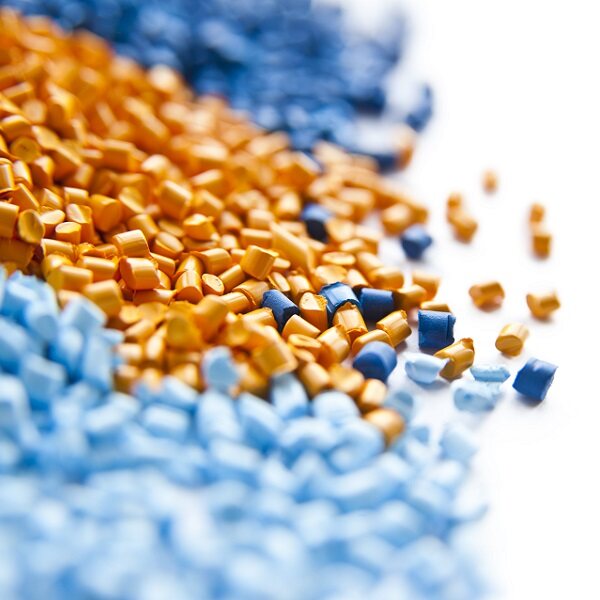Erreur de format d'e-mail
emailCannotEmpty
emailDoesExist
pwdLetterLimtTip
inconsistentPwd
pwdLetterLimtTip
inconsistentPwd

Offer Technical Support and Customized Solutions
The company is committed to creating new and improved plastic materials to meet the evolving demands of the market.

Greenhouse Plastic vs. Polycarbonate: A Comprehensive Comparison I
Introduction
When it comes to building a greenhouse, choosing the right covering material is paramount. Two popular options for greenhouse coverings are greenhouse plastic and polycarbonate. Both materials possess unique characteristics and advantages. In this comprehensive comparison, we will explore the differences between these two materials in various aspects to help you make an informed decision for your greenhouse project.
1. Material Differences
Greenhouse Plastic:
Greenhouse plastic is typically crafted from polyethylene. It is lightweight and flexible, making it easy to work with during installation. However, it may degrade over time due to prolonged exposure to UV rays.
Polycarbonate:
Polycarbonate, on the other hand, is a rigid and durable thermoplastic material. It is renowned for its high impact resistance and UV stability. Polycarbonate panels come in various thicknesses, offering different insulation properties.
2. Weather Resistance
Greenhouse Plastic:
Greenhouse plastic is susceptible to UV degradation over time, which can lead to reduced light transmission and brittleness. As a result, it may necessitate replacement every few years, depending on the quality of the plastic.
Polycarbonate:
Polycarbonate is highly UV-resistant and can withstand harsh weather conditions for many years without significant degradation, providing excellent long-term weather resistance.
3. Price Difference
Greenhouse Plastic:
While greenhouse plastic is generally more budget-friendly upfront, it's important to consider the need for periodic replacement, which may result in higher long-term costs.
Polycarbonate:
Polycarbonate panels are more expensive initially but offer better long-term value due to their durability and longevity.
4. Maintenance Requirements
Greenhouse Plastic:
Greenhouse plastic necessitates more frequent maintenance, including cleaning to prevent dirt buildup, repairing tears or punctures, and potentially replacing the covering as it degrades.
Polycarbonate:
Polycarbonate requires minimal maintenance, with regular cleaning to remove dirt and dust typically being sufficient to keep it in good condition.
5. Insulation Performance
Greenhouse Plastic:
Greenhouse plastic provides good insulation, effectively retaining heat. However, its insulating properties may decrease over time due to UV damage.
Polycarbonate:
Polycarbonate panels offer excellent insulation, maintaining a stable temperature inside the greenhouse. Thicker polycarbonate panels provide better insulation.
6. Light Transmission
Greenhouse Plastic:
Greenhouse plastic allows ample sunlight to pass through, promoting plant growth. Nevertheless, its light transmission may decrease as it ages.
Polycarbonate:
Polycarbonate panels offer high light transmission, with their UV stability ensuring that they maintain clarity over time.
7. Lifespan
Greenhouse Plastic:
The lifespan of greenhouse plastic varies but is generally shorter than that of polycarbonate, typically ranging from 2 to 5 years.
Polycarbonate:
Polycarbonate panels can last for 10 years or more, providing a longer-lasting greenhouse covering.
8. Suitability for Cold Climates
Greenhouse Plastic:
Greenhouse plastic is suitable for mild climates but may not provide adequate insulation in very cold regions without additional heating.
Polycarbonate:
Polycarbonate is a better choice for cold climates as it offers superior insulation, helping to maintain warmer temperatures inside the greenhouse.
9. Impact on Plant Growth
Greenhouse Plastic:
Greenhouse plastic can promote healthy plant growth due to its light diffusion properties. However, reduced light transmission over time may impact plant development.
Polycarbonate:
Polycarbonate panels also promote healthy plant growth, with consistent light transmission throughout their lifespan.

